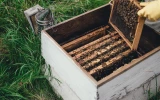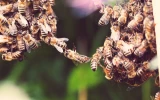How Long Do Bees Live Without a Queen or Hive?
It's hard to imagine bees living a lonely life when we always see them out in swarms, so what happens if the queen dies, or if they get lost? Life won't be as fulfilling but the bee can still survive with a bit of hustle. Read on to find out how lone bees cope with a solitary life.
Even without a queen, a worker bee can complete her normal adult lifespan, which is around four to six weeks. However, the colony they belong to may not survive more than a couple of months unless the queen is quickly replaced.
When your life is defined by your capacity to serve, how can you find meaning in being alone? Or losing your queen? Let's go through how bees cope with the loss of a queen or a loss of their hive in this article.
Summary
- Female workers can complete the rest of their adult life without a queen or hive. They may try joining a new colony or sustain themselves by moving from one nectar source to another.
- Male drones who have not mated are booted from the hive every autumn. Due to the cold weather and lack of nectar sources, they die hours after eviction.
- If the queen dies, the colony's top priority is to raise a queen from existing eggs and larvae. In case they don't have any in stock, your job as their beekeeper is to facilitate the transfer and help them survive.
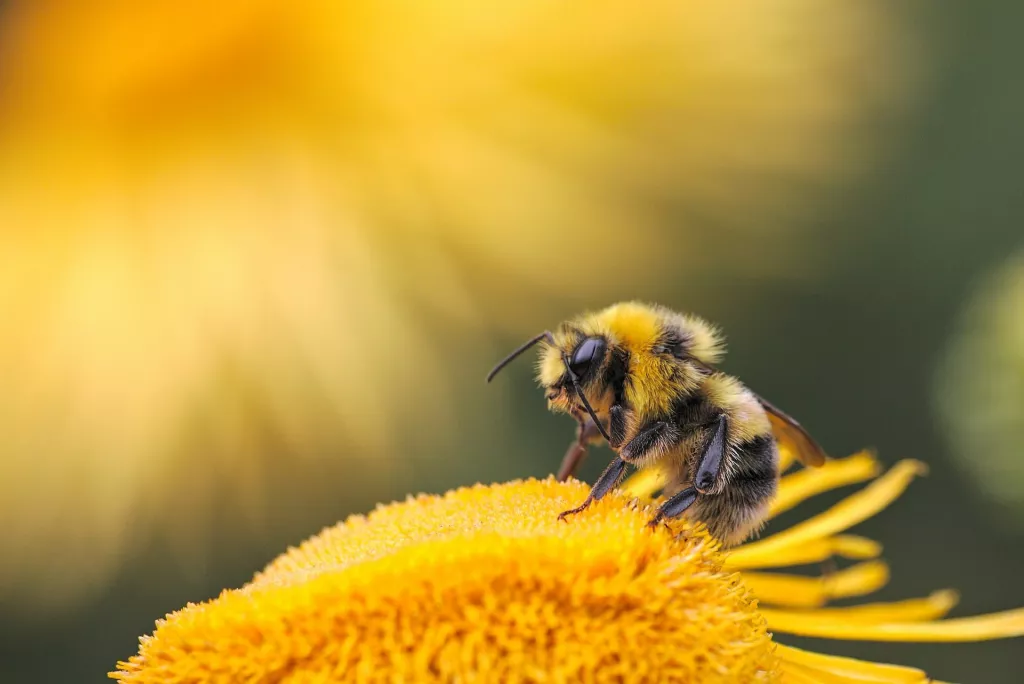
On this page:
Can Bees Survive Outside a Hive if They Get Lost?
Usually, bees have an impressive sense of direction. They know where to go and how to return without getting lost. All we know at the moment is that they use the sun as a fixed point and maintain an angle in relation to it. When they are out foraging, they locate a food source and go back to the hive in a straight line—which must be where "making a beeline" for something comes from. Once they're back at the hive, they engage in a quick dance to tell the other bees where they can get more food.
But sometimes, things don't work out for bees. They might get trapped in a moving vehicle and thrown back out at exceptionally high speeds, or their hive is obliterated by some natural disaster. Generally, bees are definitely capable of fending for themselves outside of hives, especially if they are female worker bees. But the lives of honeybees are defined by their service to a queen and their colony. When a honeybee loses its way or loses its hive, the bee needs to find a way to survive, and this is dependent on several factors.
First, honeybees have a bigger chance of surviving in warmer weather. Drones are kicked out of the hive every autumn after mating season. They drop dead mere hours after getting booted because it's cold and there is not enough honey or pollen to sustain them.
Female worker bees might last longer by using the nectar in her honey stomach and refilling it as she moves from one source to another. But if she gets trapped indoors with a full honey stomach, she has a little under an hours of flight before she becomes exhausted.
On the off chance that these rogue bees do manage to survive long enough to find another colony, their only choice is to hope that they are accepted in the new hive. Otherwise, they will starve. For honeybees, getting lost is a grisly fate—only 30 percent of rogue bees are allowed to stay at a new colony.
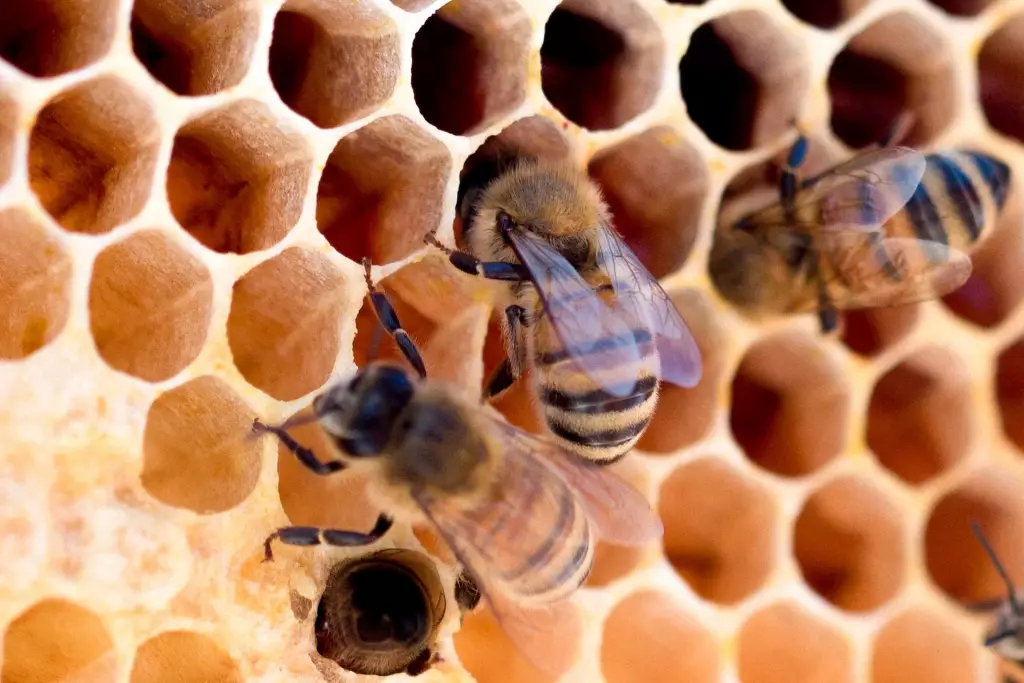
How Long Before Bees Realize They've Lost Their Queen?
It's difficult to give an exact number because this realization is almost certainly pheromone-related, but it's safe to say that all the bees in the hive will know the queen is gone anywhere between 15 minutes and two hours of her passing.
Can Bees Kill Their Queen?
Yes. Sometimes, workers will notice that their old queen is no longer as fertile as she was. Part of this is because the queen secretes less of the queen pheromone. So even when the queen is still alive and breathing, they will already start raising a new queen.
In this case, the new queen will emerge from her queen cell, kill the old queen and other queens competing for the hive, and assume her place at the top of the hierarchy. It's a sticky situation, but this must be done to ensure the longevity of the colony.
Signs Your Colony is Queenless
A lack of new eggs and young brood
The queen bee is the only creature in the hive who can lay and fertilize female worker eggs. This means that the first symptom of a queenless colony is a lack of eggs, followed by a lack of young brood—and finally, the complete absence of brood in the hive. That's why the first step beekeepers need to take during their inspections is to check for fresh eggs.
However, a lack of fresh eggs could also indicate that the queen is just no longer fertile, or that she's taking a "brood break" while the hive attempts to restrict the spread of brood disease. If it's the former, then the infertile queen should be replaced soon. But if it's the latter, the queen will eventually return from her brood break and go back to laying eggs.
The hive goes through a drop in population
There are thousands of bees in a colony and a few die every day. This could be because of natural causes or accidents. But in a hive without a queen, this means that nobody is present to replace the worker bees who have passed on. If there is already a marked drop in population, the colony has already been queenless for several weeks.
There are marked changes in bee temperament
Queenless bees are noisy and anxious. They start making a sound that's almost like a combination of a low roar and a high-pitched whine. You may be more susceptible to getting stung if you approach the hive, so make sure that you gear up and have your tools ready before making the trip.
The worker bees have started laying
Usually, only the queen is capable of laying eggs. But if the workers in the hive can sense that they've been queenless for some time already, they can start laying unfertilized eggs. These eggs will hatch into male drones. To help this situation, take some open brood from a queenright colony and insert it into the queenless one. The workers may be able to make a new queen from that brood and correct the problem on their own.
Can a Colony Survive After a Queen Dies?
Yes. As long as the workers manage to raise a new queen, they can resume hive activity once she start laying fertilized eggs for the colony. You can wait for them to raise one from fertilized eggs, or introduce a new queen from outside the hive if they do not have any fertilized eggs present at her time of death.
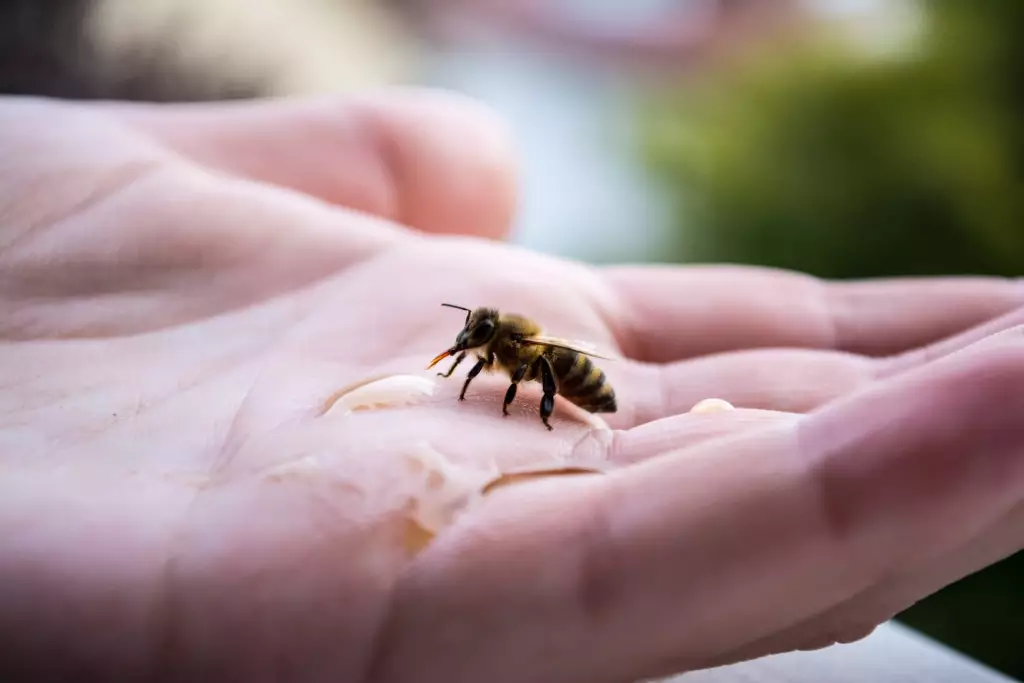
How to Help a Queenless Hive Survive
What are steps you can take, as a beekeeper, to help a queenless hive survive while the bees are trying to raise a new queen? This will take a colony two weeks. However, the queen herself will need an additional two to three weeks before she can start laying eggs. Overall, you'll need to allocate at least four to five weeks before the colony can go back to reproducing—but even this time frame is not reliable, because it depends on whether the colony already has eggs and queen-material larvae represent when the queen passes on.
In situations where the colony does not have either, you have two options. First, you can purchase a mated queen and try adding her to the colony. Second, you can add new frames with eggs or larvae each week, for the next two to three weeks. This will give your bees the materials they need to raise a new queen.
If you notice that the bee population is declining at an alarming rate, try adding frames with capped or emerging brood. This could help give the bees the boost they need until they have reinstated a new queen, and she has started laying eggs.
